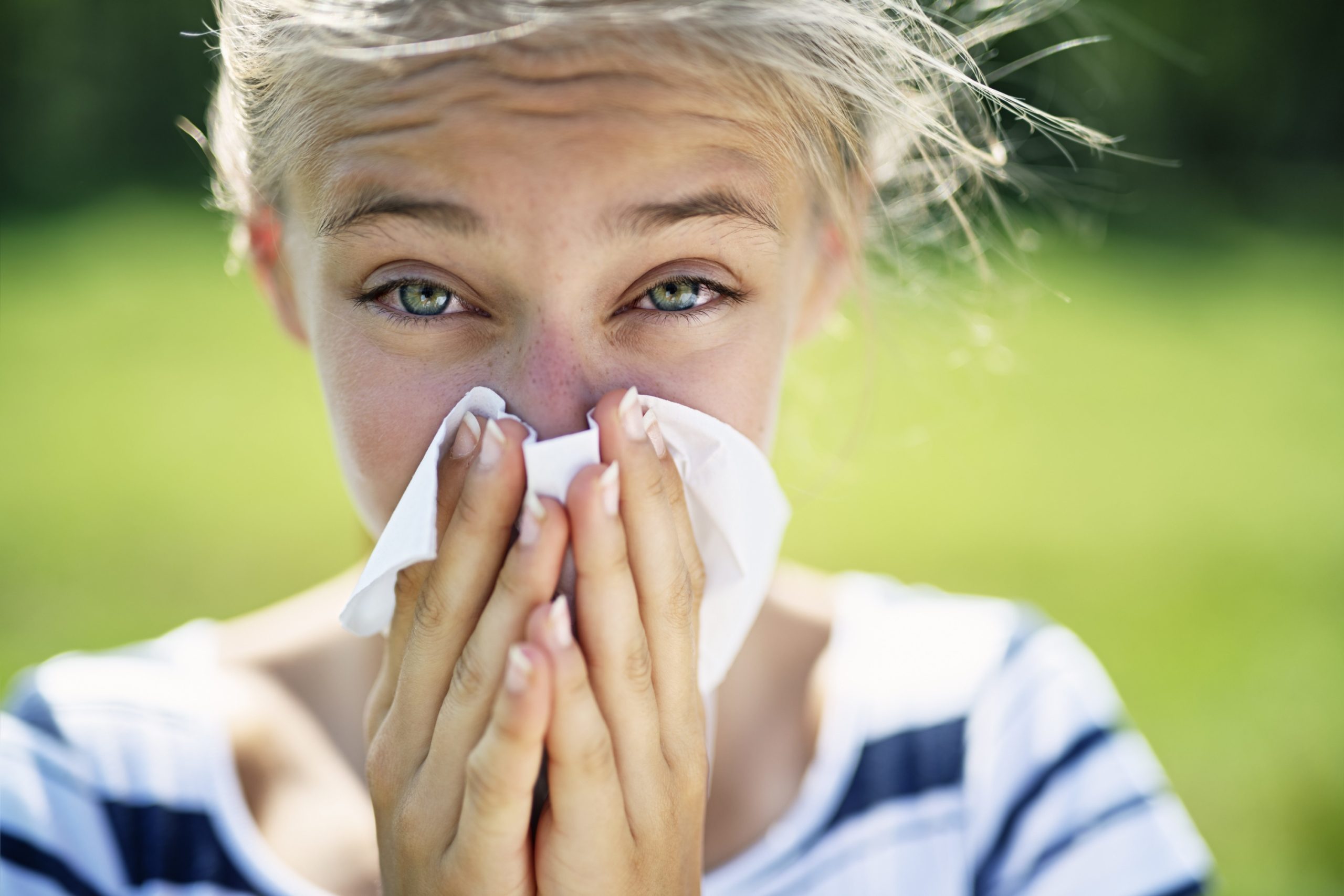
Some people blame temperature shifts, but symptoms track airborne pollen more closely. Warm, windy days increase particle spread. Mornings tend to release more allergens. Sneezing begins before you step outside. Opening windows may bring irritants indoors unnoticed. Timing matters more than temperature.
Mucus becomes thicker when hydration falls below baseline
Dry air doesn’t just irritate—it thickens secretions. Dehydrated mucus moves slower, trapping allergens longer. The nose becomes sluggish. Rinsing might help, but only if fluids support it. Without adequate water, rinses dry tissues further. Internal balance affects external responses.
Nasal rinses work better when salt concentration mimics the body’s
Saline rinses offer relief by clearing allergens and calming tissue. But ratios matter. Too much salt burns. Too little causes swelling. Isotonic blends match internal fluids. They clean without triggering defense. Lukewarm water ensures comfort and reduces vascular response.
Antihistamines can flatten symptoms but rarely stop the root irritation
Oral antihistamines reduce sneezing, itching, and drainage. But they don’t prevent allergen entry. Symptoms may ease, but nasal passages remain exposed. Topical sprays add protection locally. Combination therapy addresses different layers. Relief works better when matched to trigger type.
Some nasal sprays shrink vessels, but overuse reverses the effect
Decongestants constrict swollen blood vessels. Breathing improves quickly. But daily use causes rebound congestion. Tissues adapt. Dependence develops. Doctors recommend limiting use to three days. Longer durations worsen baseline function. Relief becomes part of the problem.
Pollen grains stick to skin and hair long after exposure ends
Returning indoors doesn’t end allergen contact. Particles cling to eyebrows, lashes, and scalp. Showering removes residue more effectively than wiping. Changing clothes matters too. Fabric traps more pollen than you expect. Clean surfaces reduce overnight symptoms.
Nighttime symptoms worsen when allergens build in bedding
Pollen accumulates on pillowcases and sheets. Even low exposure outdoors adds up. Sleeping in unwashed bedding extends contact. Frequent laundering cuts irritation. Hypoallergenic materials don’t block pollen, only reduce skin reactions. Air purifiers help if filters suit particle size.
Some people react to mold more than pollen, especially after rain
Rain washes pollen temporarily, but increases mold spore counts. Damp soil, leaves, and indoor humidity feed spores. Closed spaces foster growth quietly. Basements and bathrooms matter. If symptoms persist after storms, mold might be the irritant—not plants.
Itchy ears often appear before nasal congestion sets in
Allergic reactions begin in lymph-rich areas. The eustachian tube shares lining with the nose. Swelling starts subtly. Ear discomfort signals immune activation. That pressure precedes visible drainage. ENT specialists examine the full system, not just obvious inflammation.
Avoiding triggers works better than masking symptoms afterward
Once histamines flood, blocking them is harder. Preventing contact beats managing reaction. Staying indoors on high pollen days helps. Wearing sunglasses shields eyes. Masks reduce nasal entry. Timing outings reduces symptom intensity. Proactive steps lower total load.
Allergy testing pinpoints triggers that overlap or mask each other
Dust, dander, and grass can blend in symptoms. Knowing exact allergens clarifies treatment. Immunotherapy requires specificity. Guessing delays progress. ENT clinics use skin or blood tests. Patterns vary regionally. Local data refines personal care.
Food cross-reactions mimic respiratory allergies for some people
Certain fruits or vegetables cause oral itching. It’s called oral allergy syndrome. Related proteins confuse the immune system. Birch pollen and apples cross-react. Ragweed and melons too. Recognizing these links helps distinguish food intolerance from seasonal triggers.
Children show symptoms differently, often through restlessness
Kids may not sneeze or explain congestion. Instead, they rub their nose upward. Sleep troubles increase. Attention drops. Allergies affect school, not just comfort. Pediatric ENT care considers behavior and sleep alongside respiratory clues.
Nasal polyps worsen with ongoing inflammation triggered by allergens
Some individuals develop small growths in their nasal passages. These polyps block airflow and trap mucus. Allergies fuel them. Anti-inflammatory sprays may reduce their size. Surgery helps when obstruction persists. Recurrence is common without allergy management.
Sinus pressure builds when drainage pathways narrow from swelling
Allergy-driven inflammation closes sinus ostia. Mucus pools. Headache follows. This isn’t infection—just blockage. Decongestants help briefly. Steroid sprays reduce swelling more effectively. Steam provides temporary relief. Opening pathways restores pressure balance.
Over-the-counter remedies vary in onset and duration
Some tablets work within an hour, others build over days. Reading labels helps. Fast relief doesn’t always last. Long-term control comes from consistency. ENT doctors suggest pairing daily treatments with short-acting support during flares.
Wearing masks outdoors cuts exposure when pollen counts spike
While masks gained attention for viruses, they help allergy sufferers too. Fine mesh blocks particles. Breathable fabrics still filter pollen. Not all masks perform equally. Fit matters. Consistency during peak hours prevents exposure buildup.
Climate affects allergy severity, even within the same season
Dry regions create dust triggers. Humid ones feed mold. Wind increases exposure. Rain offers relief but short-lived. Location shapes response. Moving cities doesn’t erase allergies. It only shifts the dominant source. ENT specialists adjust plans regionally.
Post-nasal drip thickens when allergens inflame upper airways
Mucus slides from the nose into the throat. It becomes noticeable with swelling. Cough follows. Throat clearing worsens irritation. Hydration thins secretions. Nasal sprays reduce production. Targeting the source—not the symptom—calms this chain reaction.
Sleep position affects overnight congestion from allergies
Lying flat increases nasal pooling. Side sleeping helps drainage. Elevating the head reduces swelling. Pillows with adjustable firmness support this. ENT doctors suggest sleep tracking when morning congestion persists without daytime triggers.
Repeated throat clearing signals airway irritation more than vocal strain
Chronic allergies affect the throat lining. Constant mucus prompts clearing. This damages vocal folds. Hoarseness follows. ENT specialists recommend hydration, antihistamines, and vocal rest. Speech therapy helps when irritation becomes habitual.
Using humidifiers in dry environments maintains airway moisture
Dry air irritates nasal passages. Humidifiers restore balance. But overuse grows mold. Clean units matter. Cool-mist types suit most bedrooms. ENT advice often includes moisture monitoring alongside allergen control.
Not all allergens appear on public pollen reports
Standard counts cover trees, grasses, and weeds. But individual sensitivities differ. Some react to dust mites or pet dander. Pollen reports help but don’t tell the full story. ENT assessments offer personalized guidance beyond general trends.
Rebound from nasal sprays often confuses seasonal allergy management
Decongestant sprays offer relief but build dependence. Once stopped, symptoms worsen. This rebound effect mimics worsening allergies. ENT guidance prevents misuse. Rotating treatments avoids tolerance. Saline rinses substitute during transitions.
Voice quality changes when nasal resonance shifts from congestion
Blocked sinuses alter vocal vibration. Nasal tones flatten. The change isn’t always noticed consciously. But others hear it. ENT specialists assess resonance. Voice returns as airflow clears. Treatment focuses on underlying swelling.
Medication timing matters more than people assume
Taking antihistamines at night helps with early morning symptoms. Spray schedules affect effectiveness. Missed doses reduce baseline protection. ENT advice includes timing as much as type. Regularity builds a more stable defense.
